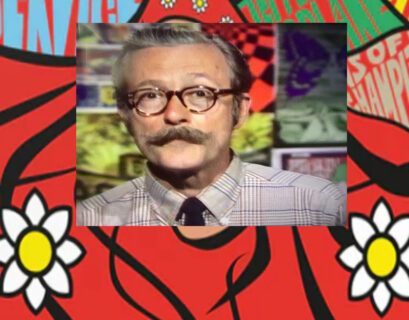It’s the time of year for saving money!
It seems that every few weeks on these Interwebs and social media, I come across a statement from someone who makes a blanket comment about a certain artist that just rubs the wrong way. One recent one slamming The Grateful Dead and essentially writing off all their studio albums as basically “sucking” (pardon the webspeak) really ruffled my freak flag feathers.
So I posted about this (ahem) issue in a number of Facebook music enthusiast groups and — almost unanimously — I was happily greeted by a quite massive positive supportive response!
Clearly, not everyone thinks The Dead’s studio work is unworthy!
Addressing the follow-on comment some pose when making their negative argument, yes, The Grateful Dead were in their happy place mostly on the live concert stage. And by that I mean, the “zone” where they could — and often did — take their music out into a collective journey of improvisation and wonder, crossing boundaries of jazz, fusion, ambient, funk, folk, blues and psychedelic rock. There is no doubt that the live concert stage was an important part of The Grateful Dead experience, especially in their heyday….
There the band also pushed boundaries of what concert sound could be about — many people don’t realize that The Grateful Dead were audio pioneers working with numerous audio visionaries who helped change the face of live concert sound as we know it today. Much is written about this on the web so poke around if you are interested.
All that said, while The Grateful Dead may not have captured their exact live concert energy in the studio, they did capture another thing entirely that rings true on almost all of their studio recordings: a purity of spirit and artistic honesty. From their earnest eponymous debut which is a classic of psychedelic power pop veering on new wave and punk edginess to their second album, Anthem of the Sun — which craftily cobbles together live and studio recordings with free spirited editing abandon — the Dead were always searching in the studio and that adventure comes across in the music.
Even the often misunderstood Terrapin Station stands proudly as a sonic wonder. I know that many, including some band members, didn’t like Keith Olsen’s arguably overproduced treatment of the side-long title suite. It features orchestral arrangements by no less than the great Paul Buckmaster (who elevated three of the classic Elton John albums in the early 1970s) and I’ve always found this epic track to be a bit of sonic stunner which holds up to this day. The rest of the album has a beautiful sparkle to it that works well with the music.
The point is: one shouldn’t listen to the studio version of “Dark Star” and be disappointed that it is not 45 minutes long! No, the point is that they were able to condense the core essence of this epic psychedelic journey into a 2:40 minute miniature trip. They even issued it as a single back in 1968, such was the belief in the power of the simple but compelling song.
Listen to American Beauty and Workingman’s Dead with awe as they craft a rich harmonic blend which stands tall next to releases by their period peers Crosby, Stills, Nash & Young. Audiophiles commonly list American Beauty among their favorite recordings not only for the mix of acoustic and electric instruments but also for the brilliant songwriting and stellar production. Indeed, the first Mobile Fidelity vinyl pressing I ever owned was American Beauty!
One of my personal favorites is their 1973 debut for their own boutique label, Wake Of The Flood, which reached #18 on the charts back in the day. It was their first album to consciously blend jazz elements into their songwriting, notably in the epic “Weather Report Suite” but also on the ecstatic groove-funk of “Eyes Of The World.” This album was recorded at The Record Plant in Sausalito, site of many of the most fantastic audiophile-worthy records of the 70s by no less than artists like Stevie Wonder, Fleetwood Mac and Van Morrison.
I could go on but I think you get the idea that The Grateful Dead’s studio albums comprise a catalog which should be explored and considered in its own right. Many of the live recordings are important for sure, especially from the peak years between 1967-77. But their studio output from that period is definitely worthy of your exploration. That said, here are some more of my other favorites including some of Jerry Garcia and Bob Weir’s solo albums from back in the day:
Aoxomoxoa (a psychedelic masterpiece, a rich, ambitious, over-reaching, fearless journey)
Blues For Allah (funky jazz-fusion adventures peaking on tracks like “King Solomon’s Marbles”)
Garcia (Jerry Garcia’s near DIY solo debut containing many GD classics)
Cats Under The Stars (a beautiful Jerry Garcia Band recording, one of the best of the Arista Records years)
Reflections (Jerry’s third solo includes the Dead as his backing band for many classics which became staples of their live set)
Ace (Bob Weir’s solo debut, also containing many Grateful Dead classics)





















